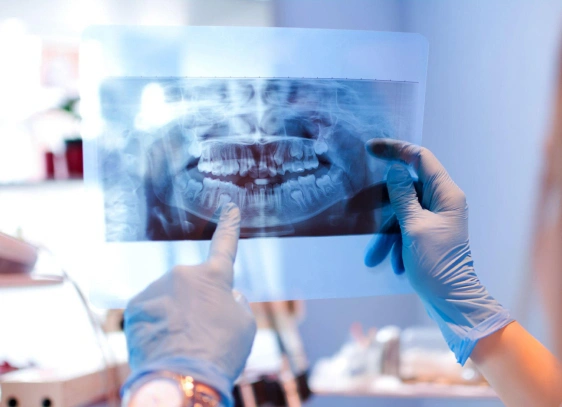
Benefits of Digital X-Rays
Dental X-rays, also known as dental radiographs, play a vital role in diagnosing issues in pediatric dentistry. They enable dentists to identify and treat problems like cavities, tooth decay, misalignment, bone injuries, and diseases early on. Without X-rays, many of these issues would be difficult to detect.
The American Academy of Pediatric Dentistry (AAPD) recommends the use of dental X-rays for diagnosing conditions in children and adolescents. While these X-rays emit minimal radiation and are safe when used correctly, AAPD guidelines focus on reducing unnecessary exposure to protect young patients.
What are dental X-rays used for?
Dental X-rays have many important uses in pediatric dentistry.
- Assessing the space for new teeth to come in.
- Checking that baby teeth are falling out on time for adult teeth to grow in.
- Monitoring bone disease progression.
- Diagnosing and monitoring tooth decay.
- Creating treatment plans, including orthodontic options.
- Identifying bone fractures, abscesses, and tumors.
- Detecting impacted wisdom teeth.
When will my child need dental X-rays?
The frequency of dental X-rays for children varies based on their specific needs. Children with a higher risk of tooth decay or orthodontic problems may require X-rays every six months for monitoring. Those at average or lower risk usually have X-rays every one to two years to monitor tooth and jaw development. In cases of trauma, immediate X-rays may be suggested by the pediatric dentist, utilizing advanced technology to reduce exposure.
What precautions will be taken to ensure my child’s safety?
Children can safely have dental radiographs, as the pediatric dentist will take precautions to minimize exposure to your child's cells and tissues. Your child will wear a lead apron and high-speed film will be used to reduce radiation exposure. If you have any questions or concerns about dental radiographs, please contact your pediatric dentist.
New Patients & Emergency
Appointments Welcome!

